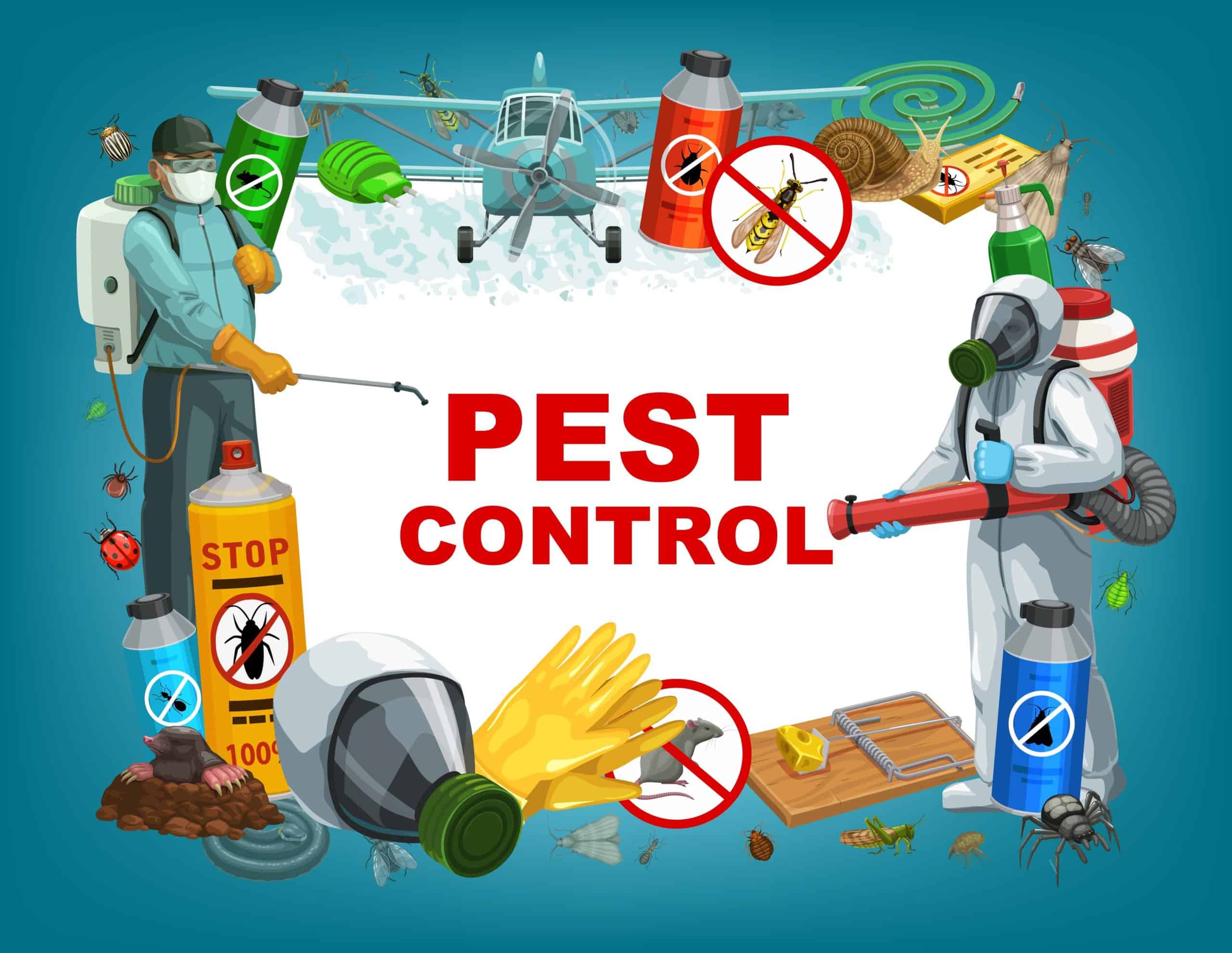Efficient A1 Bed Bug Treatment in Charlotte - Safe and Proven Techniques
Wiki Article
Bed Bug Therapy Break Down: Comparing Chemical Vs. Non-Chemical Solutions
In the realm of bug control, particularly when dealing with the consistent concern of bed pests, the option between chemical and non-chemical treatment solutions can be a pivotal one. Both strategies use distinctive benefits and disadvantages, affecting elements such as performance, security factors to consider, and general price. By examining the nuanced details of each method, a clearer understanding of which path to seek in addressing a bed pest infestation can be obtained.Performance of Chemical Therapies
Chemical treatments for bed insect invasions have actually been extensively identified for their rapid and potent effectiveness in removing these parasites. When thinking about the performance of chemical therapies, it is critical to understand that they can give a quick and thorough service to a bed bug problem. Specialist pest control experts frequently rely upon insecticides to target bed bugs at various stages of their life cycle, consisting of eggs, nymphs, and adults. These chemicals normally function by disrupting the bed bugs' nerve system, resulting in paralysis and eventual death.Moreover, chemical therapies have the advantage of supplying recurring results, implying that they can proceed to get rid of bed insects even after the first application. This residual activity is especially advantageous in combating any prospective re-infestations. Furthermore, the fast activity of chemical treatments can bring alleviation to individuals encountering severe bed bug invasions, enabling them to regain control of their space rapidly.
Safety Interest In Chemical Solutions
When using chemical remedies for bed bug treatment is guaranteeing the security of owners and the setting,One crucial element that calls for careful factor to consider. While chemical treatments can be efficient in eliminating bed bugs, they may position risks if not managed effectively. Among the key safety and security worries with chemical remedies is the possible damage they can trigger to human health. Exposure to particular chemicals utilized in bed pest therapies can bring about breathing concerns, skin irritability, or various other damaging responses, specifically in people with pre-existing problems or sensitivities. Furthermore, improper application or dose of chemical pesticides can result in harmful residues lingering in the cured location, presenting long-lasting health risks to residents.Additionally, the environmental influence of chemical services is an additional substantial consideration. Some chemicals used in bed pest treatments might be unsafe to valuable bugs, wild animals, and ecological communities if they seep right into the soil or water supply. It is important to use chemical treatments judiciously, adhering to safety standards, and taking into consideration less poisonous choices to alleviate these threats and make certain the efficient and risk-free administration of bed pest invasions.
Benefits of Non-Chemical Strategies
Thinking about the possible security concerns and environmental effect related to chemical services for bed pest therapy, exploring non-chemical methods offers a promising alternative with a number of distinctive benefits. Non-chemical techniques use a more secure option for households, particularly those with family pets, people, or children conscious severe chemicals. These techniques eliminate the dangers of exposure to harmful substances, reducing the possibility for damaging health results. Furthermore, non-chemical therapies are eco-friendly, as they do not contribute to air or water pollution, making them a sustainable choice for pest control.In addition, non-chemical options can be efficient in discover this targeting bed bugs, consisting of hard-to-reach areas where chemical therapies may not permeate. Approaches such as warmth therapy, vacuuming, heavy steam cleaning, and mattress encasements offer thorough elimination without using harmful chemicals. Additionally, non-chemical techniques can be less turbulent, requiring very little prep work and permitting quicker reentry into dealt with areas. Generally, going with non-chemical bed pest treatment approaches not only focuses on safety and ecological security yet also makes sure reliable and extensive bug control.
Limitations of Non-Chemical Treatments

In addition, non-chemical treatments commonly need numerous applications to achieve successful obliteration. This can be taxing and might not always ensure total removal of all bed insects and their eggs, specifically in hidden or hard-to-reach locations.
Additionally, the success of non-chemical therapies greatly counts on correct application and thoroughness, which can be testing for people without expert expertise. Poor application of non-chemical techniques might cause incomplete elimination, causing relentless invasions and the demand for added treatments.
Therefore, while non-chemical treatments have their advantages, it is important to acknowledge these restrictions and consider them when establishing one of the most effective technique a knockout post for handling bed insect invasions.
Price Contrast: Chemical Vs. Non-Chemical Options
Provided the constraints associated with non-chemical therapies, a necessary facet to review in the context of bed insect administration is the price contrast between chemical and non-chemical choices. In contrast, non-chemical treatments like warm treatment or heavy steam can be more costly, with expenses ranging from $1,000 to $6,000 for a whole home. While the preliminary price of chemical treatments might appear lower, several treatments might be needed to fully get rid of the infestation, potentially raising the total cost.Verdict

Thinking about the potential security problems and environmental effect linked with chemical solutions for bed bug therapy, discovering non-chemical methods offers a promising alternative with several distinct benefits.Offered the limitations connected with non-chemical treatments, an essential element to assess in the context of bed pest management is the cost comparison between chemical and non-chemical options. In comparison, non-chemical treatments like heat treatment or heavy steam can be more expensive, with costs ranging from $1,000 to $6,000 for an entire home. While the preliminary price of chemical therapies might seem lower, multiple treatments may be needed to completely get rid of the infestation, potentially enhancing the total cost.In final thought, when contrasting chemical and non-chemical bed insect treatment choices, it is crucial to consider effectiveness, safety, benefits, limitations, and expense.
Report this wiki page